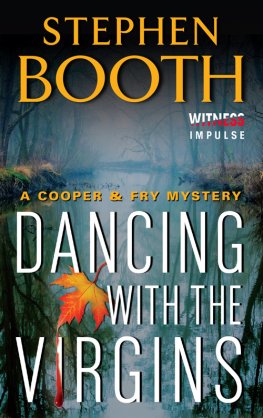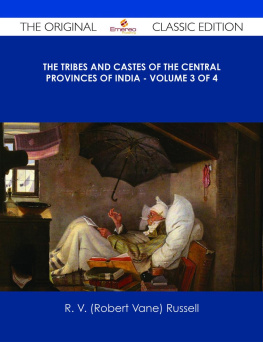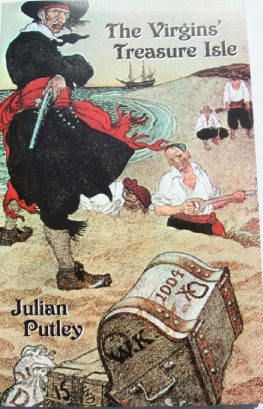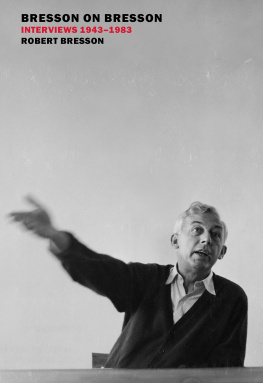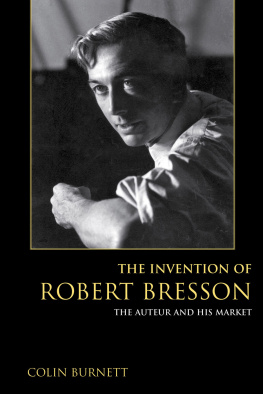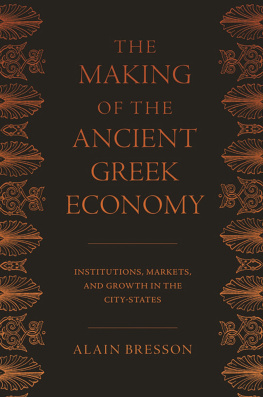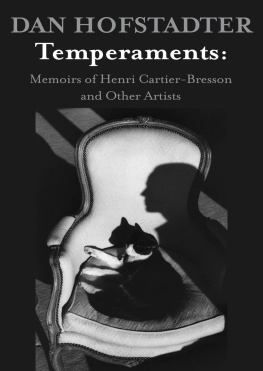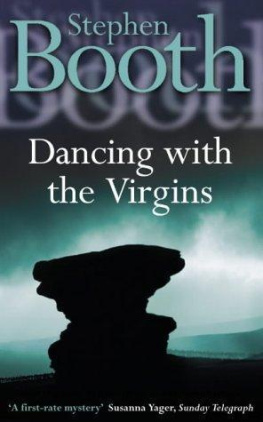ROBERT BRESSON
ROBERT BRESSON: A PASSION FOR FILM
Tony Pipolo
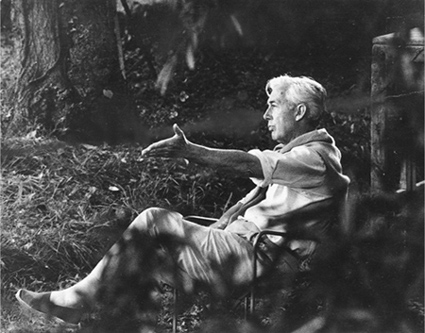

Contents

Oxford University Press, Inc., publishes works that further
Oxford Universitys objective of excellence
in research, scholarship, and education.
Oxford New York
Auckland Cape Town Dar es Salaam Hong Kong Karachi
Kuala Lumpur Madrid Melbourne Mexico City Nairobi
New Delhi Shanghai Taipei Toronto
With offices in
Argentina Austria Brazil Chile Czech Republic France Greece
Guatemala Hungary Italy Japan Poland Portugal Singapore
South Korea Switzerland Thailand Turkey Ukraine Vietnam
Copyright 2010 by Oxford University Press, Inc.
Published by Oxford University Press, Inc.
198 Madison Avenue, New York, New York 10016
www.oup.com
Oxford is a registered trademark of Oxford University Press
All rights reserved. No part of this publication may be reproduced,
stored in a retrieval system, or transmitted, in any form or by any means,
electronic, mechanical, photocopying, recording, or otherwise,
without the prior permission of Oxford University Press.
Library of Congress Cataloging-in-Publication Data
Pipolo, Tony.
Robert Bresson : a passion for film/Tony Pipolo.
p. cm.
Includes bibliographical references and index.
ISBN 978-0-19-531980-4; 978-0-19-531979-8 (pbk.)
1. Bresson, RobertCriticism and interpretation. I. Title.
PN1988.3.B755P57 2010
791.430233092dc22 2009018997
Frontispiece image courtesy of PhotoFest, New York
9 8 7 6 5 4 3 2 1
Printed in the United States of America
on acid-free paper
To Carole Pipolo and Isabel Pipolo
Acknowledgments
The films of Robert Bresson have been an important part of my life for over forty years. Inevitably this means that conversations, debates, and discussions with numerous people, inside and outside academia, helped to form the impressions that have made their way, for better or worse, into this book. Among those who shared their thoughts and reacted to mine over these many years are the late Paul Arthur, who read and commented comprehensively and vigorously on several chapters; George Amberg, Robert Beavers, Nol Carroll, Barry Gillam, Tom Gunning, Ira Hozinsky, Kent Jones, Jane Kupersmidt, Jay Leyda, Stuart Liebman, Babette Mangolte, Richard Porton, Adam Reilly, and Amy Taubin.
Dudley Andrew, Gilberto Perez, and Malcolm Turvey were kind enough to invite me to speak on Bresson at Yale University and Sarah Lawrence. Gary Crowdus, Ted Perry, and James Quandt invited me to publish earlier versions of two chapters. The essay on Les Anges du pch in ) is an expanded version of the one in Masterpieces of Modernist Cinema, edited by Ted Perry (2006).
From my first years in the graduate film program at New York University in the early 1970s to the present, I benefited from countless exchanges with Annette Michelson who shared personal recollections of her meetings with Bresson. For these and reasons too numerous to mention, she remains not only an invaluable mentor but a cherished friend.
Mylne Bresson received me kindly and answered my questions when I visited her on the Ile St. Louis where she lived with Bresson for many years. Nadia Margulies shared her expertise on Joan of Arc, read over the chapter on Bressons film, and corrected historical errors as well as my French. Further thanks to Babette Mangolte for submitting my questions to and relaying responses from Claude Laydu at a Bresson conference in Paris and for sharing her experiences while filming her documentary The Models of Pickpocket.
I am grateful to Andrew Lampert and John Mhiripiri of Anthology Film Archives who allowed me to view films on a steenbeck from which I selected some of the images that appear in this book. Arunas Kaulikauskas photographed the frames chosen, and Isabel Pipolo, as always, was indispensable in making them presentable for printing. Photofest supplied stills from Four Nights of a Dreamer as well as the image of Bresson at the beginning of the book, and has been inordinately patient about having these returned. Thanks to Shannon McLachlan, my editor at Oxford, for urging me to complete the book and for understanding when I exceeded several deadlines. Thanks also to Brendan ONeill at Oxford for his assistance and support; and to Jessica Ryan, whose copyediting taught me more about my peculiarities of style than she may realize.
No single individual contributed more to the completion of this book than P. Adams Sitney of Princeton University. He read every chapter as it was written and offered the kind of critical scrutiny that only one who knows and admires Bressons work could provide. While his enthusiasm and support were unflagging, he never failed to point out contradictions, inaccuracies, or vague reasoning that forced me to rethink and sharpen my readings of Bressons films. Whatever flaws remaining in the pages that follow are due to clumsiness or stubbornness on my part.
This book took many years to complete, during which time I received only encouragement and patience from my wife Carole and my daughter Isabel. Both took time either to listen to ideas as they were being honed or to perform some task that made progress possible. For these and countless reasons, I dedicate this book to them.
ROBERT BRESSON
Introduction
The artists essential task is not simply to make the most effective work possible, as viewed in its kind. It is rather to achieve a view of the world superior to all other views.
Wayne C. Booth, introduction to Mikhail Bakhtin, Problems of Dostoevskys Poetics, characterizing Bakhtins position
Perhaps the most highly regarded French filmmaker after Jean Renoir, Robert Bresson sustained a reputation as an uncompromising artist throughout his career. In 1957 the director Jacques Rivette remarked, There is only one [French] film-maker left who has not sold out, and thats Bresson. At the time Bresson had made only four films, but the claim proved prophetic. Few filmmakers have clung so tenaciously to the same thematic concerns, exerted such obsessive control over every aspect of their work, and adhered to as harsh a vision of the world. Like Carl-Theodor Dreyer, another idiosyncratic filmmaker sometimes drawn to religious subjects and whose career also spanned nearly half a century, Bressons rigorous standards limited his production. In forty years he made only thirteen films.
This book is a highly personal response to these films and to the artistry of their maker. It presumes that Bresson was an extraordinary and unique figure and that the products of his creative imagination, devotion to craft, and lifelong commitment to filmmaking are expressions and extensions of his beliefs, his convictions, and his perceptions of the world. As with Pier Paolo Pasolini or Jean Cocteau, the latter of whom once collaborated with Because of this I have found it useful to adopt the tenets and tools of psychoanalytic investigation in an effort to understand this connection in a richer, more productive way. It is neither my desire nor my intent to apply this approach indiscriminately. At all times it is the aesthetic and thematic values of the work with which I am concerned and how these values reflect the person and philosophy of Bresson. As there is not yet a biography of Bresson, even in French, one must look to the films themselves for insights along these lines. Having admired them for more than half of my life, studied them closely over the past twenty years, and taught them to graduate and undergraduate students, it is my conviction that they are as close to providing an aesthetic biography of the filmmaker as is the work of any great artist.
Next page

